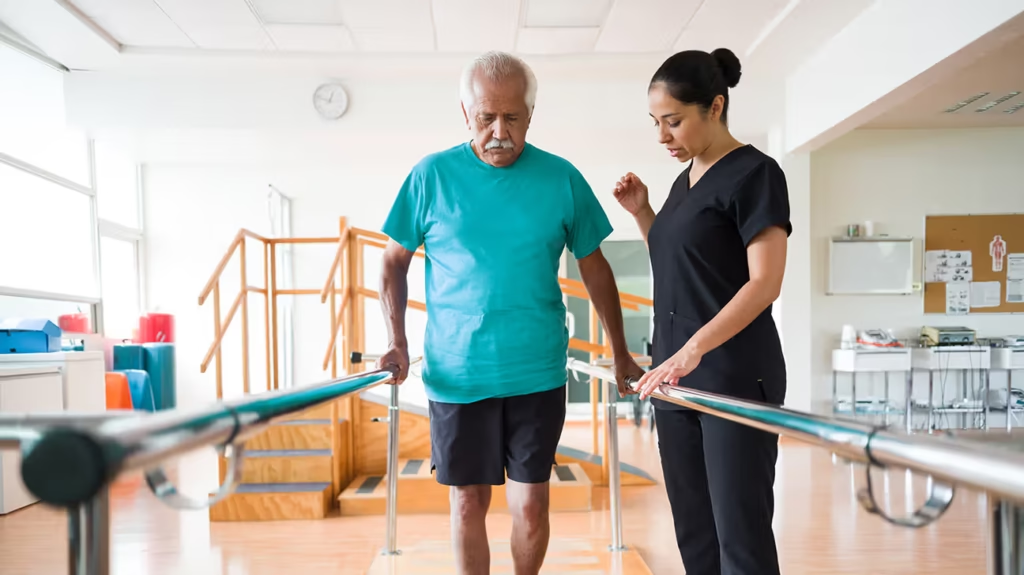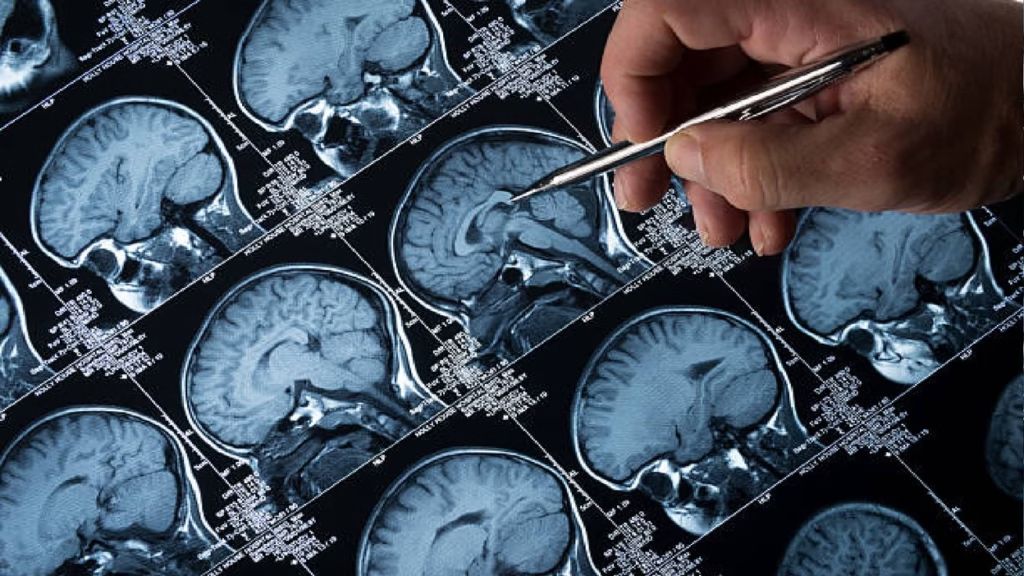Introduction: Loneliness as a Stroke Risk Factor
Loneliness is more than simply being alone; it is a subjective feeling of social isolation that affects mental and physical health. Recent research has linked chronic loneliness to a higher risk of severe stroke, highlighting its importance as a public health concern. Older adults who experience long-term loneliness face significantly higher chances of experiencing a stroke than those who feel socially connected. Understanding the connection between loneliness and stroke can help individuals and healthcare providers take proactive steps to reduce risk.
How Loneliness Impacts Health
Loneliness is associated with a wide range of health problems. It can affect both the body and mind, leading to increased stress, higher blood pressure, and inflammation. Over time, these physiological changes contribute to vascular issues that may precipitate a stroke. Mental health consequences include depression, anxiety, and cognitive decline, which can further amplify the risk of serious illnesses.
Chronic loneliness has been shown to increase the likelihood of cardiovascular events by affecting heart rhythm, blood vessel function, and hormonal balance. Researchers emphasize that the longer the loneliness persists, the greater the potential impact on overall health.
Loneliness and Stroke: Research Findings
A recent observational study examined more than 12,000 adults over the age of 50 to determine how persistent loneliness correlates with stroke risk. Participants who consistently reported high levels of loneliness over several years were found to have a 56% higher likelihood of suffering a stroke compared to those who reported low levels of loneliness.
This research suggests that it is not just temporary feelings of isolation that matter but sustained loneliness over time. While the study does not prove causation, it highlights a strong correlation between social isolation and cerebrovascular events, emphasizing the need for intervention. https://www.world-stroke.org

Mechanisms Linking Loneliness to Stroke
Researchers have proposed several mechanisms by which loneliness can elevate stroke risk:
- Increased Stress Response: Chronic loneliness triggers prolonged stress hormone release, increasing blood pressure and damaging blood vessels.
- Inflammatory Processes: Social isolation is associated with higher levels of systemic inflammation, which can contribute to plaque formation in arteries and vascular dysfunction.
- Behavioral Factors: Individuals experiencing loneliness may engage in unhealthy behaviors such as poor diet, physical inactivity, smoking, or excessive alcohol consumption, all of which increase stroke risk.
- Sleep Disturbances: Loneliness often leads to disrupted sleep patterns, which are linked to higher blood pressure and cardiovascular stress.
Who Is Most at Risk
Although loneliness can affect anyone, certain populations are particularly vulnerable:
- Older adults living alone or with minimal social contact
- Individuals with chronic illnesses such as diabetes, hypertension, or heart disease
- People experiencing depression or anxiety
- Those with limited access to social networks or community resources
Healthcare providers are encouraged to screen patients for feelings of social isolation as part of routine health assessments.
Identifying Loneliness in Daily Life
Loneliness is a subjective experience, meaning that even those surrounded by people may feel isolated. Signs of chronic loneliness can include:
- Persistent feelings of emptiness or lack of companionship
- Difficulty forming or maintaining close relationships
- Reluctance to participate in social activities
- Emotional fatigue or decreased motivation
Self-administered questionnaires, like the Revised UCLA Loneliness Scale, can help individuals and healthcare professionals identify loneliness and its potential health consequences.
Preventing Stroke Through Social Connection
Addressing loneliness can play a critical role in stroke prevention. Strategies include:
- Strengthening Personal Relationships: Spending time with friends, family, or neighbors can improve emotional well-being.
- Community Engagement: Participating in clubs, volunteer work, or community events fosters a sense of belonging.
- Therapy and Counseling: Professional support can provide coping mechanisms and help address feelings of isolation.
- Mindful Social Media Use: Interacting positively online can complement in-person connections but should not replace them entirely.
Lifestyle Measures to Reduce Stroke Risk
In addition to addressing loneliness, lifestyle interventions can further reduce the likelihood of stroke:
- Balanced Diet: Consuming fruits, vegetables, whole grains, and lean proteins helps maintain healthy blood pressure and cholesterol levels.
- Regular Exercise: Physical activity improves cardiovascular health, reduces stress, and enhances mood.
- Stress Management: Techniques such as meditation, yoga, and deep-breathing exercises reduce physiological stress responses.
- Adequate Sleep: Maintaining a consistent sleep schedule supports vascular health and cognitive function.
Combining social and lifestyle interventions provides a comprehensive approach to lowering stroke risk
Recognizing Stroke Symptoms Early
Early recognition of stroke is crucial for survival and recovery. The FAST acronym helps identify stroke warning signs:
- Face: One side droops or appears numb.
- Arms: One arm drifts downward when raised.
- Speech: Speech may be slurred or difficult to understand.
- Time: Call emergency services immediately if symptoms appear.
Timely medical intervention, including clot-busting treatments and supportive care, can significantly reduce disability and mortality.

Role of Healthcare Providers
Healthcare providers play a key role in mitigating stroke risk associated with loneliness:
- Conduct routine assessments of social connectedness.
- Offer referrals to mental health professionals when appropriate.
- Educate patients about lifestyle modifications and stroke warning signs.
- Encourage participation in community support networks.
Early intervention by healthcare professionals can prevent strokes and improve overall quality of life.
Social Programs and Community Support
Communities can create supportive environments to combat loneliness and reduce stroke risk:
- Senior centers offering social activities and group exercises
- Volunteer programs that engage older adults
- Local hobby or interest clubs
- Peer support groups for individuals with chronic conditions
Participation in structured social programs not only reduces feelings of isolation but also provides opportunities for physical activity and mental stimulation, further lowering stroke risk.
The Bigger Picture: Loneliness as a Public Health Concern
Loneliness has been recognized as a public health issue by organizations including the US Surgeon General. Chronic social isolation impacts millions of Americans, contributing to cardiovascular disease, stroke, and premature mortality. By prioritizing social connection and integrating mental health into primary care, communities can reduce stroke incidence and improve population health outcomes.
Summary
Chronic loneliness is a significant but often overlooked risk factor for stroke. Individuals who feel socially isolated over long periods are at increased risk of vascular events, including severe strokes. Addressing loneliness through social engagement, professional support, and healthy lifestyle changes can significantly reduce this risk. Healthcare providers, families, and communities all have a role to play in mitigating the health consequences of social isolation




